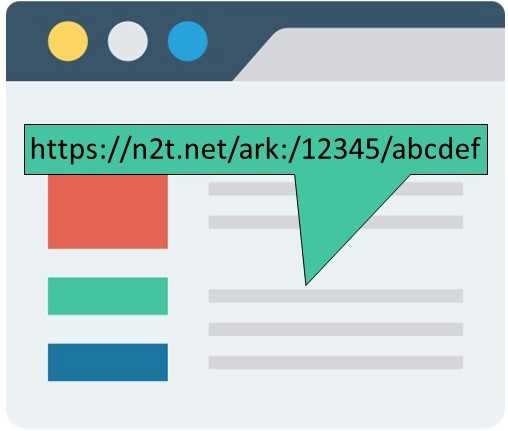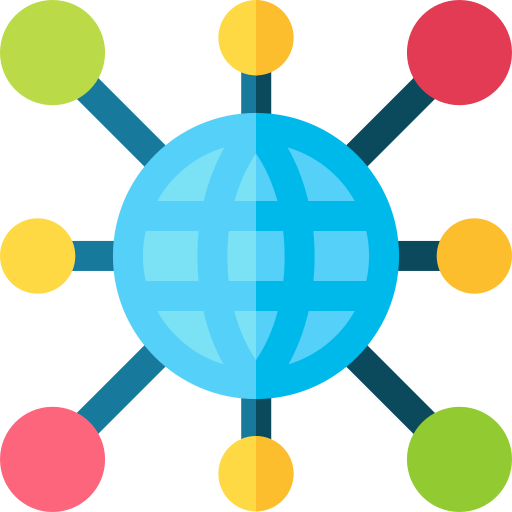A persistent identifier (PID) is a long lasting reference to a resource, such as a collection item, book, or object. It can also refer to canonical metadata, e.g. a creator of an object. Examples of PIDs include archival resource keys (ARKs), persistent URIs and digital object identifiers (DOIs). Generally a persistent identifier can be presented as an actionable link which can be used to access the resource or metadata about the resource.

Why use PIDs?
Persistent identifiers have a number of potential benefits. They allow you to reliably link to your collection around the web and in publications. They also make it easier to track the use of your resources where they are cited elsewhere.
Getting started
Aspects of Developing PIDs for Collections

Adding PIDs to existing metadata

Identifying collection items with links

Managing persistent links locally
Guidance on implementing identifiers

How to guarantee persistence?

How to implement human readable PIDs?

How to implement machine readable PIDs?

How to implement globally resolvable PIDs?

How much does it cost to implement PIDs?

How to have resources cited using PIDs?
Supporting Materials
This resource describes the different aspects of developing persistent identifiers (PIDs) in the context of Heritage Collections. Following consultation through May 2021, the resource is now available in a revised version and will be maintained until the conclusion of the Towards a National Collection programme in 2025, on a best efforts basis from January 2022.
Feedback
We value your feedback on this resource. Any suggestions on the content or additional examples would be welcome.
To submit feedback, you can raise an issue via Github (requires an account).
Icons: Server, Protest, Robot, Rocket, More information, Social Media, Guarantee, Implementation, Global network, Pound sterling, Catalogue, Quotation on Freepik, Plus by Vectors Market, Book by Payungkead, Globe by turkkub, Map and Web by Dinosoft and Plan by wanicon on flaticon.
Cite as
Kotarski, Rachael, Kirby, Jack, Madden, Frances, Mitchell, Lorna, Padfield, Joseph, Page, Roderic, Palmer, Richard, & Woodburn, Matt. (2021). Developing Identifiers for Heritage Collections. Zenodo. https://doi.org/10.5281/zenodo.5205757